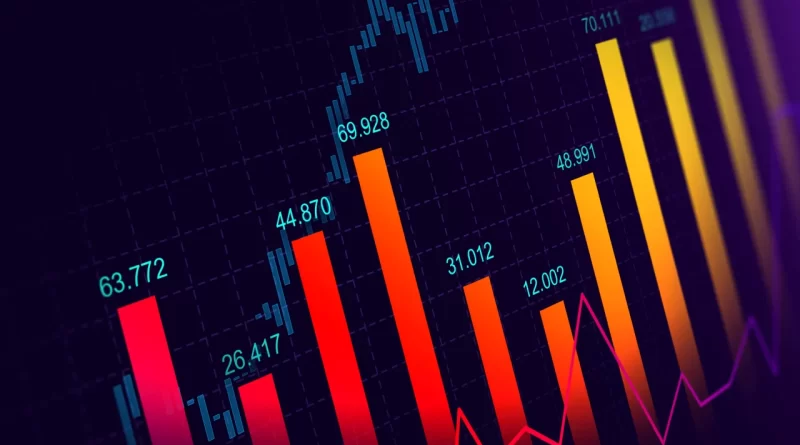Mastering Technical Analysis in Forex Trading
Technical analysis is a set of tools designed to assist traders in anticipating market patterns and pinpointing when it is best to buy or sell. While technical analysis can be easily learned with practice and dedication, mastery takes more practice.
Traders must incorporate risk management strategies into their technical analysis strategies, using stop-loss orders and position sizing techniques as appropriate.
Trends
Technical analysis allows traders to predict price patterns. Its foundation lies in the assumption that global markets tend to trend, with past patterns likely repeating themselves in future market conditions. There are various ways traders can learn this discipline – books, courses online courses, seminars or simulated trading allow traders to practice strategies without risking real money.
First step to becoming an expert technical analyst is understanding the basics of market and trend identification, price models and various trading systems. Some traders may prefer trend-following systems while others might opt for fundamental strategies; which one is right for you depends on personal preference; experimentation will likely be needed before finding something that works well with you and vice versa.
Chart patterns
Traders rely on chart patterns to quickly recognize specific price behavior, including trend continuation and reversals, larger trends, as well as guides for placing conditional orders such as stop-limit and stop-order orders. These tools provide powerful analysis capabilities.
Chart patterns allow traders to make more informed trading decisions in the Forex market. Although initially difficult, chart patterns become second nature after practice – especially when using moving averages and oscillators as indicators to help make this easier.
Some traders rely too heavily on technical analysis, leading them to analysis paralysis and leading to overtrading with excessive losses. Therefore, it is essential that traders learn risk management and position sizing techniques so they can reduce losses while increasing profits.
Indicators
Forex technical analysis involves employing charts and mathematical indicators to spot trading signals. There are thousands of available indicators, so finding one suitable to your trading style and timeframes is paramount. Also avoid adding too many indicators as this may cause chaos on the market.
Technical trading differs from fundamental analysis in that it relies on the assumption that prices in financial markets tend to follow certain patterns due to traders’ emotions influencing decisions and prices in predictable ways. Technical traders believe that by identifying these patterns and anticipating their outcomes, they can make more profitable trades.
There are various forex indicators, including leading and lagging indicators. Leading indicators forecast future price movements while lagging indicators follow past trends; some indicators do both while others focus solely on momentum or trend trading. Novice traders often believe that adding more indicators increases the odds of successful trades; however this may not always be true.
Platforms
Forex trading platforms provide traders with various tools for analysing market trends and making trades, such as trend lines, chart patterns and indicators. Furthermore, they enable traders to customize market scanners and trading strategies.
Some traders rely on the concept of support and resistance as a guideline when trading, which refers to price zones in which prices have bounced off repeatedly over a certain timeframe such as months or even years. As more often the price has come back off one particular area of support, its strength grows stronger.
Other traders utilize fundamental analysis, which takes into account economic factors that might influence a currency’s price. Although new traders might find these methods daunting, they can serve as building blocks for creating a solid trading strategy. Deciding between different forms of analysis depends on personal preference and timeframe – it can help to explore different approaches before finding one that suits you well.




